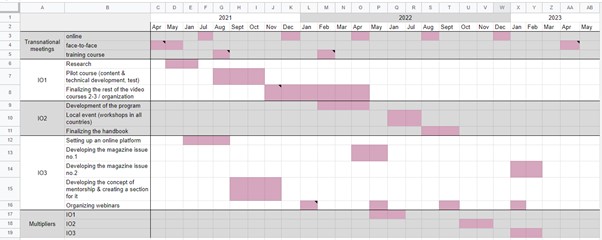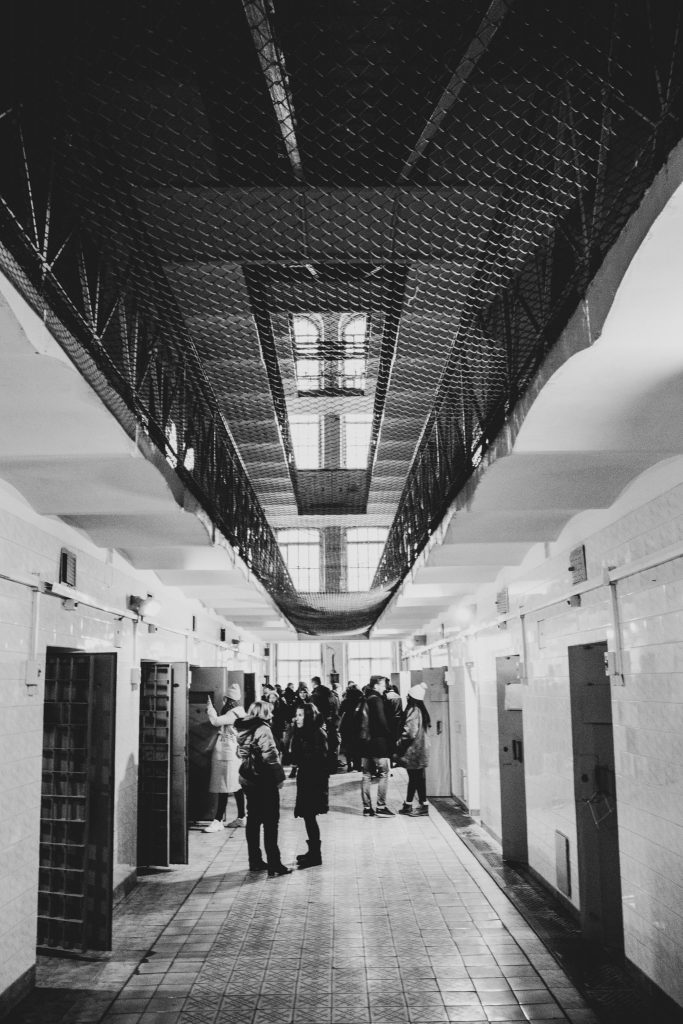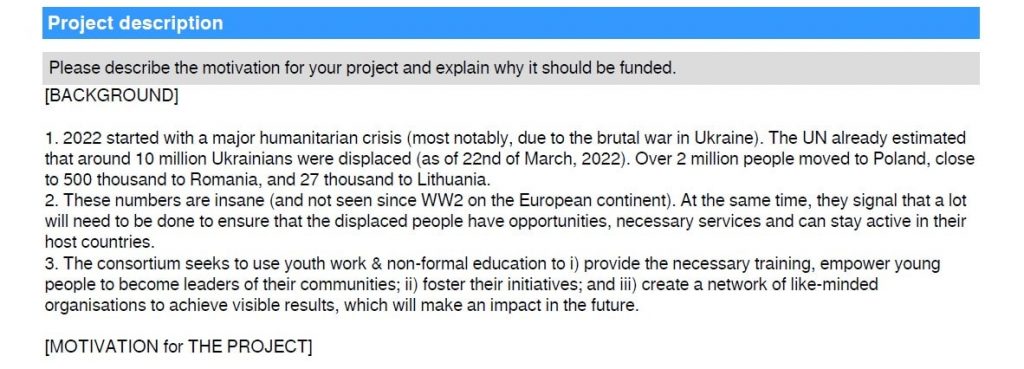The post about Erasmus+ KA2 Cooperation Partnerships has been updated in April 2022.
Erasmus KA2 Project Writing Tips
Erasmus KA2 projects (Cooperation Partnerships) are one of the most demanding and challenging of all Erasmus+ project calls. However, with the right approach the writing of Erasmus+ KA2 can become a great deal smoother. Below we share our best tips for that.
- Est reading time: 5 min
- About the author: Gediminas (Gedas) Kondrackis is among the top grant writers and consultants in Europe. He has been giving out tips, workshops and webinars on a range of EU funds for years.
Where did we get the experience in Erasmus KA2 project writing?
Our association (called Active Youth) started with Erasmus+ KA2 in 2016. Since then we’ve had 4 such project proposals of our own approved by the national agency. In addition, we’ve been / are partners to many more Erasmus+ KA2 projects. These vary in topics, as well as countries involved. All this gave us plenty of learning opportunities.
At first, it took us months to complete everything in the application. Every question was requiring grinding effort. And, that was downright frustrating. Right now it’s a fast & efficient process. So, what’s our secret, you ask?
8 top tips for Erasmus KA2 project writing
8. 👫 Write in a team
That’s good for many reasons: 1) you’ll have someone to proofread your answers immediately; 2) you’ll avoid the so-called ‘writing blockages’; 3) it will keep your motivation up; and 4) save up the time. Writing a complex application (such as Erasmus KA2) alone is possible, of course; yet, it’s not advised.
7. 🤝 Invest time in building equal and strong partnerships
Right partners will give you the right ideas. And, if your project is approved, you will thank yourself for building a strong partnership in the first place.
6. 📋 Plan out your project beforehand
Make sure you are consistent with your end goal, objectives and target groups when filling in the application. How to design a great project proposal from A to Z? Check out our comprehensive guide on this.
5. 📅 Understand your project’s timeline
Adding to the above: before the actual writing develop your project design by outlining the results chain & compiling the GANTT chart 📈 . This will help you see the bigger picture of the project and spot early on if everything makes sense (i.e. leads towards your end goal).

An example of Erasmus+ KA2 project’s timeline, also known as the GANTT chart.
4. 🧠 Make your objectives SMART
In other words, they should be specific, measurable, achievable, relevant and time-boud. Easy to say, but how do they look in practice? See the example below:
- ❌ A regular objective: grow leaders among the participants, who would then launch their own initiatives.
- ✔️ SMART objective: grow 400 leaders among the participants (specifically, displaced people & youth), who would then launch at least 10 of their own initiatives (by the end of the project).
Why does it help? A few reasons: 1) it makes it easier to write the project, as it is more clear what needs to be achieved; 2) it’s easier for the evaluators to understand your project’s goals; and 3) it makes it easier to implement the project (once it’s approved).
3. 💬 Meet your target group
Meet your target group (if possible) or invite them to fill in the online questionnaire in order to make your project more relevant, meaningful and useful. Perhaps the methodology you are thinking of creating is not going to be used? It is better to ask first.
Fastest & easiest way to research: send out a survey (e.g. Google Forms).

One of our Erasmus KA2 projects brought youth work into detention facilities for juveniles.
2. 📜 Write your project outside the application form
There are a few good reasons for that. First, it’s easier to collaborate (get someone’s feedback, fixes, etc.) if you do it in e.g., Google Docs. The Erasmus+ application form only allows one person at one time, unfortunately. Second, the application form is notorious for untimely crashes (and, hence, a lot of work lost). That’s especially true before deadlines. Third, you might need to resubmit your application if it’s not approved. It will be a lot easier to do that if you’ve had the whole text in e.g. MS Word or Google Docs.
The same logic applies to the making of projects’ budgets. It’s much easier to see the big picture/total amounts, etc. if you have your budget draft on e.g. MS Excel or Google Sheets. Not thrilled by the prospect of making a budget for your project? Read about 3 simple steps to do that.
1. 🤖 While writing: use numbering and/or bullet points
KA2 application form is rather big. It can be a pain not just to write, but also to properly read it. Thus, you need to make it as understandable as possible. Remember, evaluators are just people (like you and me), they do not want a complicated read for breakfast. Give them a helping hand. We recommend using bullet points/numbering, as they do magic in telling/highlighting your key points.

An example of well-done formatting in Erasmus KA2 application.
To be sure, there are more easy tips & tricks to make your writing more readable. Fortunately, we have a project writing online course for that too (free preview available).
Need a partner in Erasmus+ KA2 project (writing)?
Lately, our team has been providing tips / supporting / partenring in a number of different Erasmus+ KA2 project proposals all over Europe. Surely, we could work together on your project too. Check our PIF or simply get in touch.
How to apply for / become a partner in Erasmus KA2 projects
To apply for Erasmus+ projects, your organisation has to:
- be based in one of the programme countries (generally, countries in EU/EEA + a few others)
- have a necessary legal status (good news: KA2 projects allow all sorts of organisations to apply / be partners)
- have OID number (it can be acquired here)
If you would like to become a partner: you will need a PIF (partner information file) and a bit of creative marketing. Want to learn more about that? Read another post of ours about making a perfect PIF.
Erasmus+ KA2 Capacity Building projects
There is another type of Erasmus+ KA2 – Capacity Building projects (CBY). These connect organisations around the globe. Learn about CBY project call here. Or, see top tips for CBY project application.
EEA and Norway Grants Fund for Youth Employment projects
It’s not just Erasmus+ out there, however. Learn everything about Fund for Youth Employment (for bigger intra-European projects) here.
EUKI – The European Climate Initiative
One of the lesser known European funds – EUKI. As the name suggests, it is funding EU-based climate-related projects. See what are the dos & don’ts for EUKI application.






